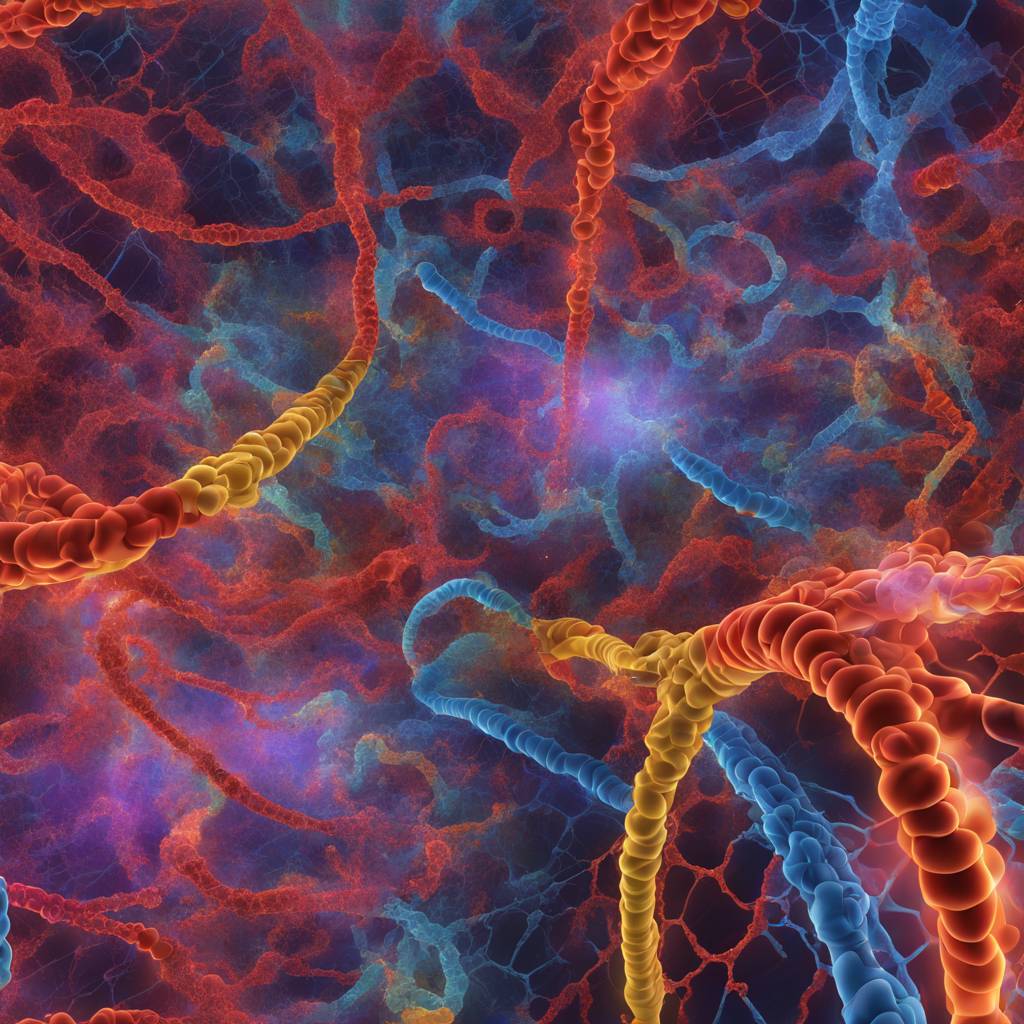A new study published in Cell has revealed remarkable overlaps at the cellular and molecular levels between the movement disorder amyotrophic lateral sclerosis (ALS) and the cognitive disorder frontotemporal lobar degeneration (FTLD). Despite the fact that these disorders manifest differently and primarily affect different regions of the brain, researchers have found striking similarities that could lead to potential therapies applicable to both diseases. By tracking RNA expression patterns in postmortem brain samples from donors with ALS, FTLD, or who were neurologically unaffected, scientists discovered that changes at the molecular and cellular level were nearly identical in the two disorders and affected similar subsets of cell types.
In both ALS and FTLD, the most vulnerable neurons were found to have almost identical gene expression patterns. This finding suggests that therapies targeted at ALS could potentially be effective for FTLD, and vice versa. The study also revealed that brain donors with inherited and sporadic forms of the diseases showed similarly altered gene expression changes, indicating that common molecular processes may be occurring downstream of the diseases’ origins. This has implications for understanding patient heterogeneity and complex neurodegenerative disorders more broadly.
Despite the differences in the appearance and function of the most affected cells in ALS and FTLD, their gene expression in health and disease was found to be strikingly similar. The study also identified the involvement of primary cilia, tiny antenna-like structures on the cell’s surface, in the diseases. Cells that are more dependent on this process, such as those with long projections like spindle neurons, were found to be more vulnerable in each disease. Additionally, the study discovered disruptions in a previously unrecognized type of neuron highly expressing the gene SCN4B, shedding light on potential disease mechanisms.
Furthermore, the study characterized gene expression differences in various brain cell types beyond neurons, including signs of trouble in the brain’s circulatory system. The blood-brain barrier (BBB), a system that regulates the passage of molecules into and out of the brain, was found to be compromised in ALS and FTLD. The researchers also observed reductions in proteins essential for maintaining blood vessel integrity and a decrease in HLA-E, a molecule believed to protect the BBB from degradation by the immune system. These findings provide insights into the mechanisms underlying neurodegeneration in both disorders and could potentially inform therapeutic strategies.
The study’s authors are now investigating why some patients present with ALS while others present with FTLD, or both in varying orders. By characterizing both upper and lower motor neurons in the brain and spinal cord, the researchers aim to understand the shared biological pathways across ALS, FTLD, and other neurodegenerative disorders. The study’s findings have paved the way for a modular approach to precision and personalized therapeutic development, offering new insights and hope for patients with these challenging conditions. The study was supported by various organizations, including the National Institutes of Health, Mitsubishi Tanabe Pharma Holdings, and The Mayo Clinic Center for Individualized Medicine.













